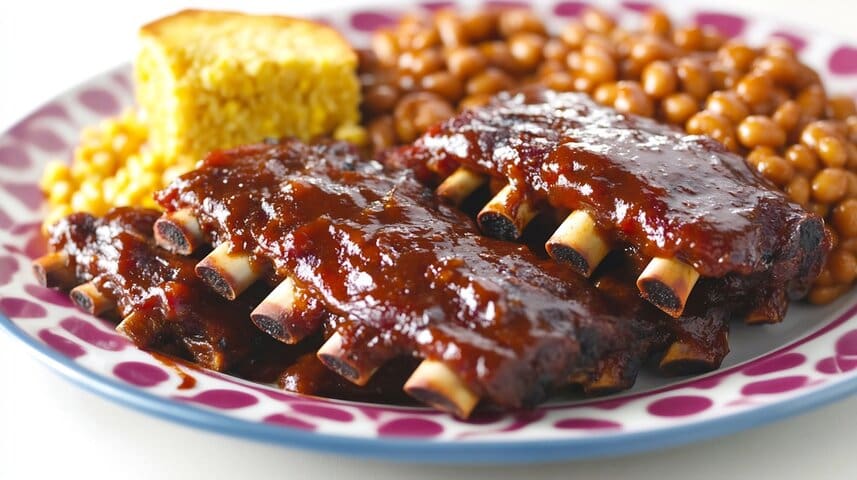Academic Case Studies
Helping participants with their understanding and application of modeling with a purpose Test

Program Overview
Simio’s Academic Case Study Program is a re-imagining of the student competition that Simio hosted for many years, but with the specific goal of helping participants with their understanding and application of modeling with a purpose.
- The Academic Case Study Program is a semi-annual release of instructional material formulated around an assignment, with teaching materials provided to support students in their investigation, as well as solutions for the assignment.
- The program will be offered in the Fall and Spring of each academic year, and registrants will have online access to the materials for each term that they are registered.
To request instructor resources, email [email protected]. To receive these resources, you must be a verified course instructor. If you already are a grant order, please supply your Grant Identifier (e.g., AG-00000000-00000) with your request. Otherwise, please provide proof of your status and your affiliation with the academic institution.

Current Academic Case Study – Fall 2025
Burgh Threads, a small clothing manufacturer experiencing unexpected growth after being featured by a popular vlogger, faces declining fulfillment rates without wanting to invest in additional equipment or staff. This case study challenges participants to optimize a make-to-stock manufacturing system for 52 unique SKUs by determining optimal lot sizes and reorder points. With substantial setup times between manufacturing orders and constraints including a maximum inventory of 1000 items and a minimum 95% fulfillment rate target, the challenge requires developing a simulation model that balances inventory costs with production efficiency. Participants must demonstrate how their recommended strategy maximizes revenue while maintaining inventory limits over a 120-day period, providing valuable insights into production planning and inventory management for small manufacturers facing variable demand.
Previous Case Studies & Student Competitions

December 2024
Simio BBQ Smoke Pit – Spring 2025

August 2024
Simio Aerospace – Fall 2024

January 2024
Simio Fresh Mex – Spring 2024

August 2023
Simio Warehouse – Fall 2023
May 2023
Bank of Simio Currency Exchange – Spring 2023
August 2022
Estadio Simio Matchday Analysis – Fall 2022
May 2022
Simio Supply Logistics – Spring 2022
August 2021
Simio Clinic and Urgent Care – Fall 2021
January 2021
Simio Shelving Shop – Spring 2021
August 2020
Simio BBQ Smoke Pit – Fall 2020
May 2020
Miebach Distribution Center – Spring 2020
August 2019